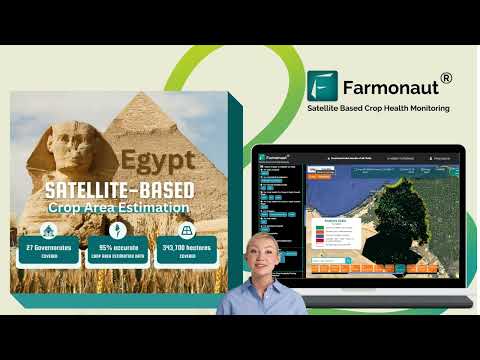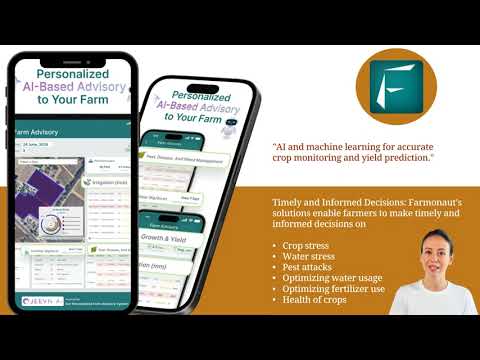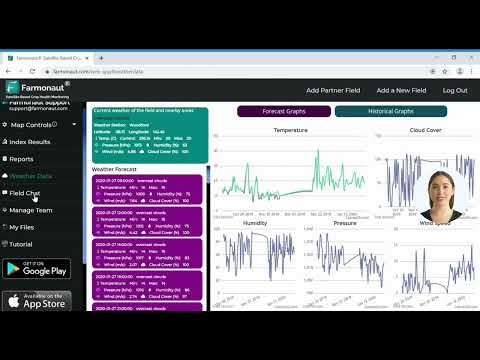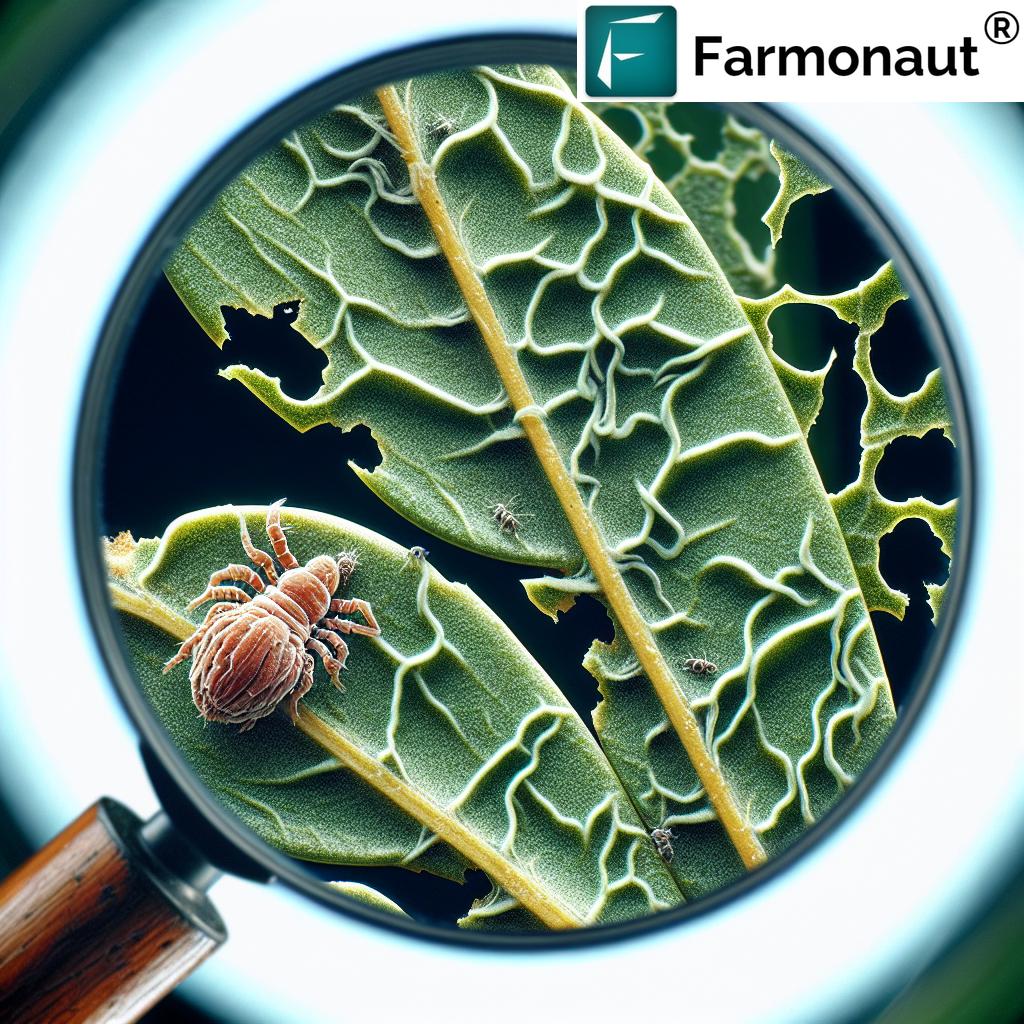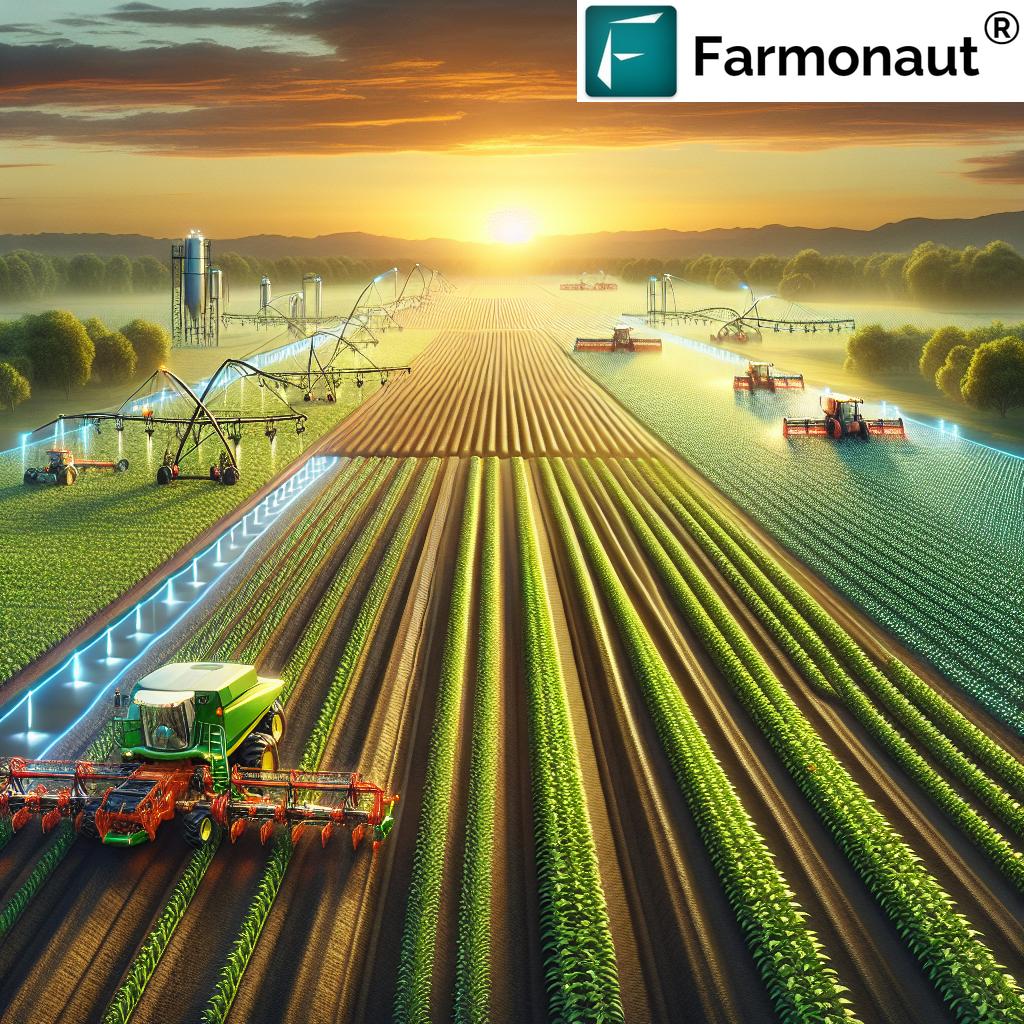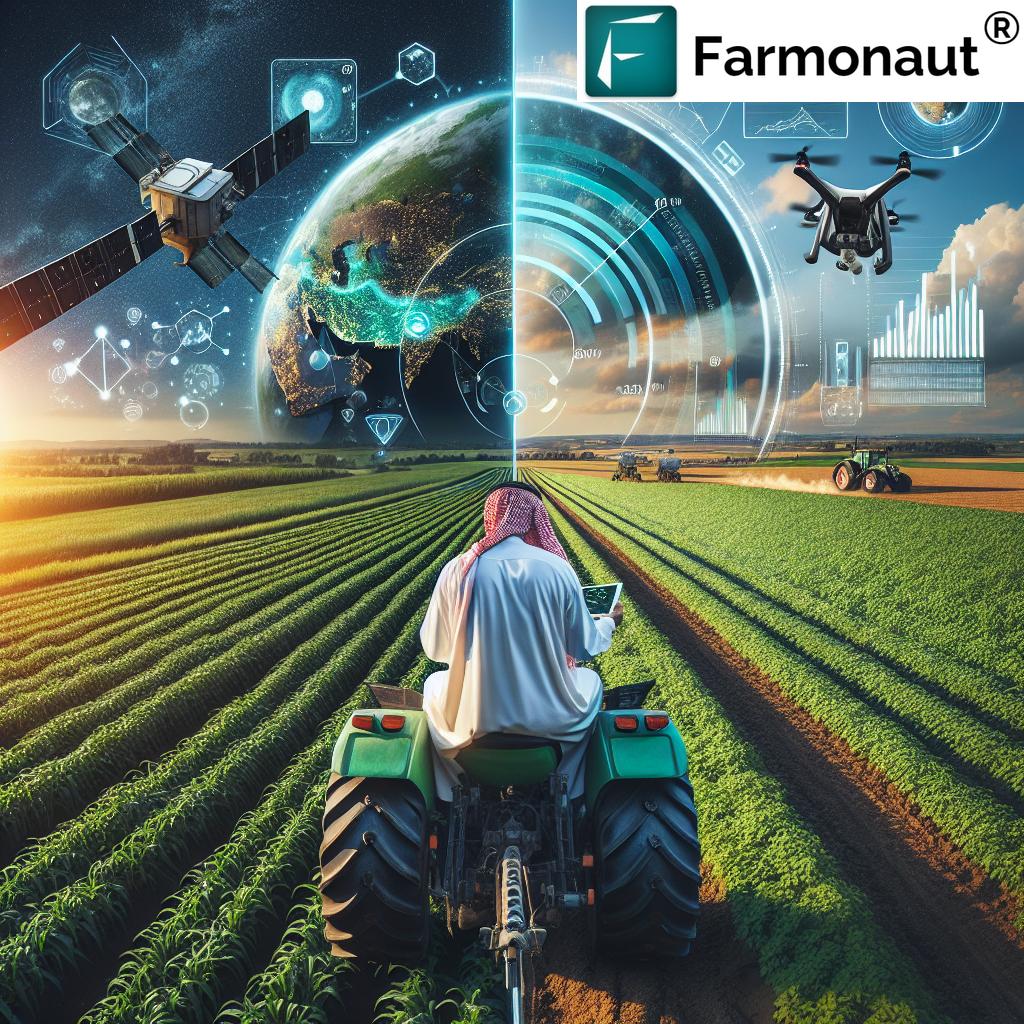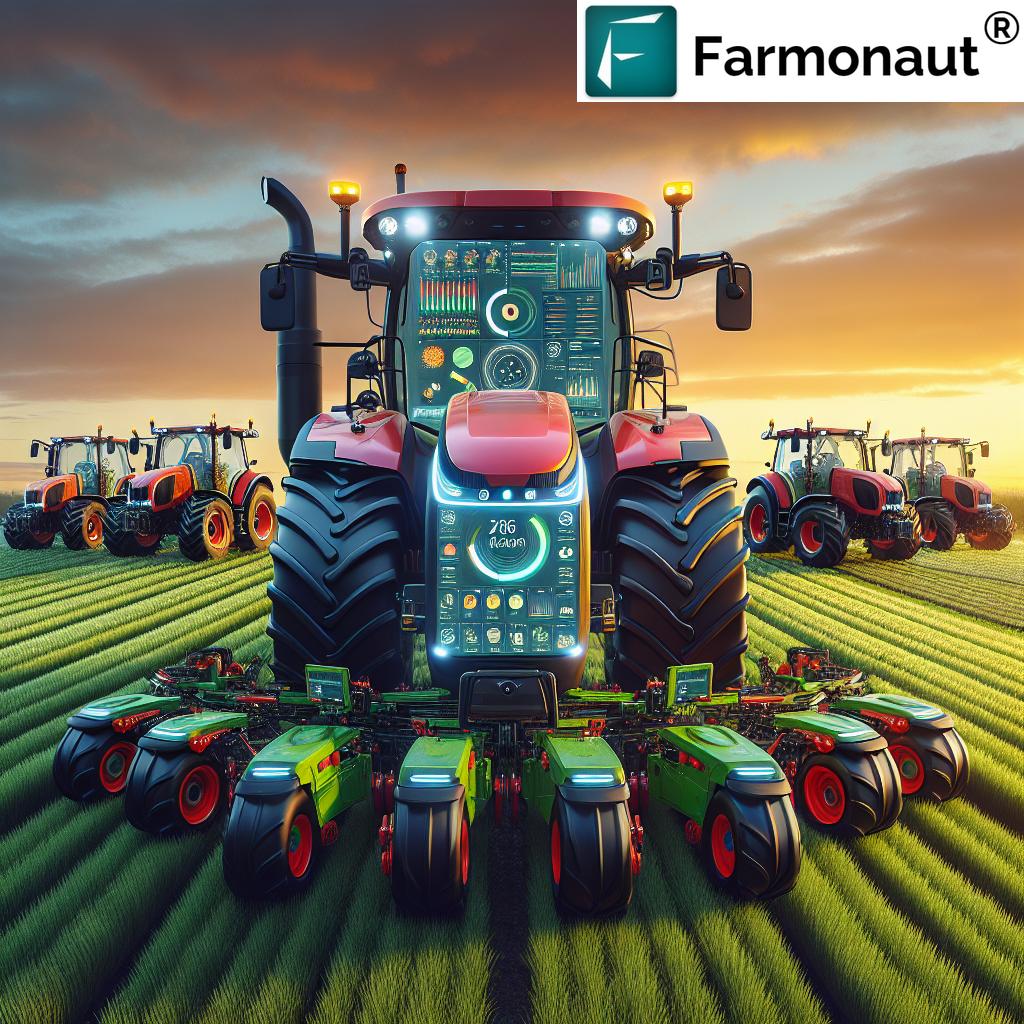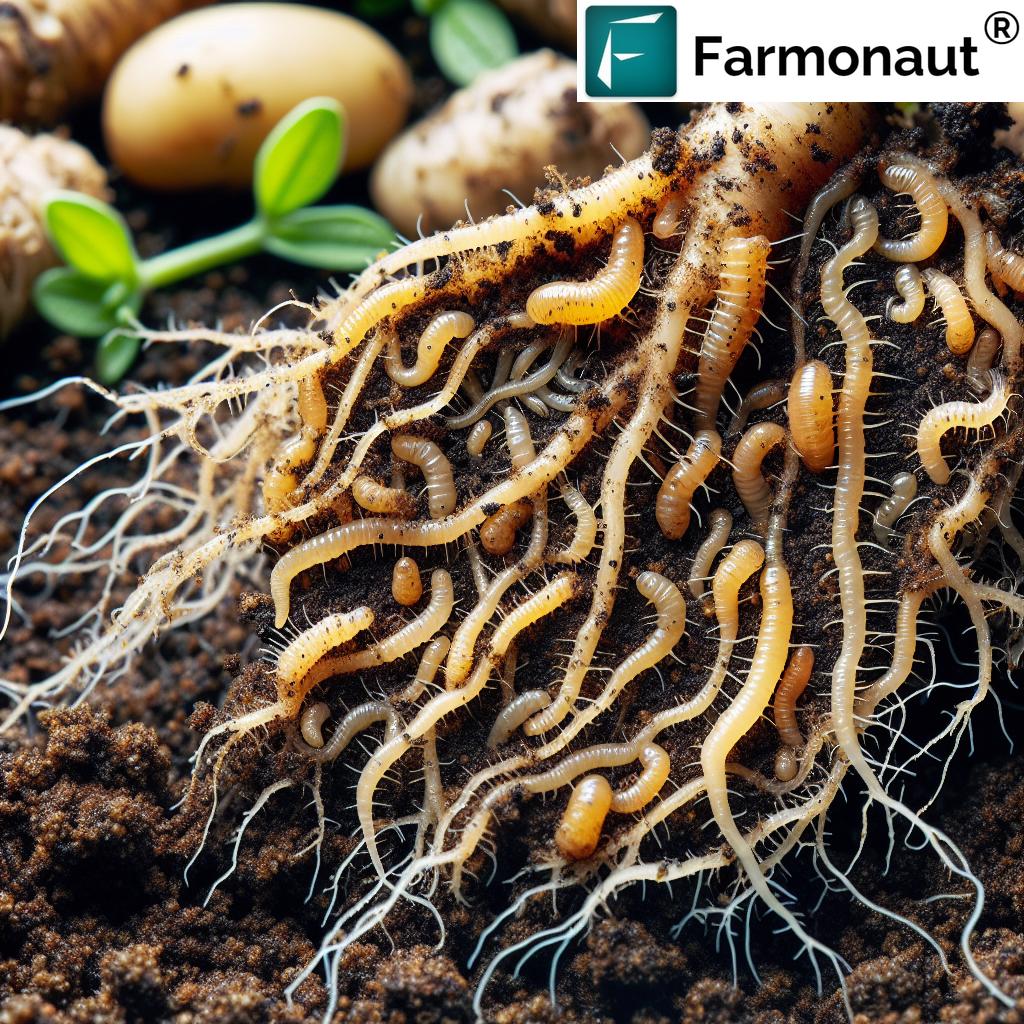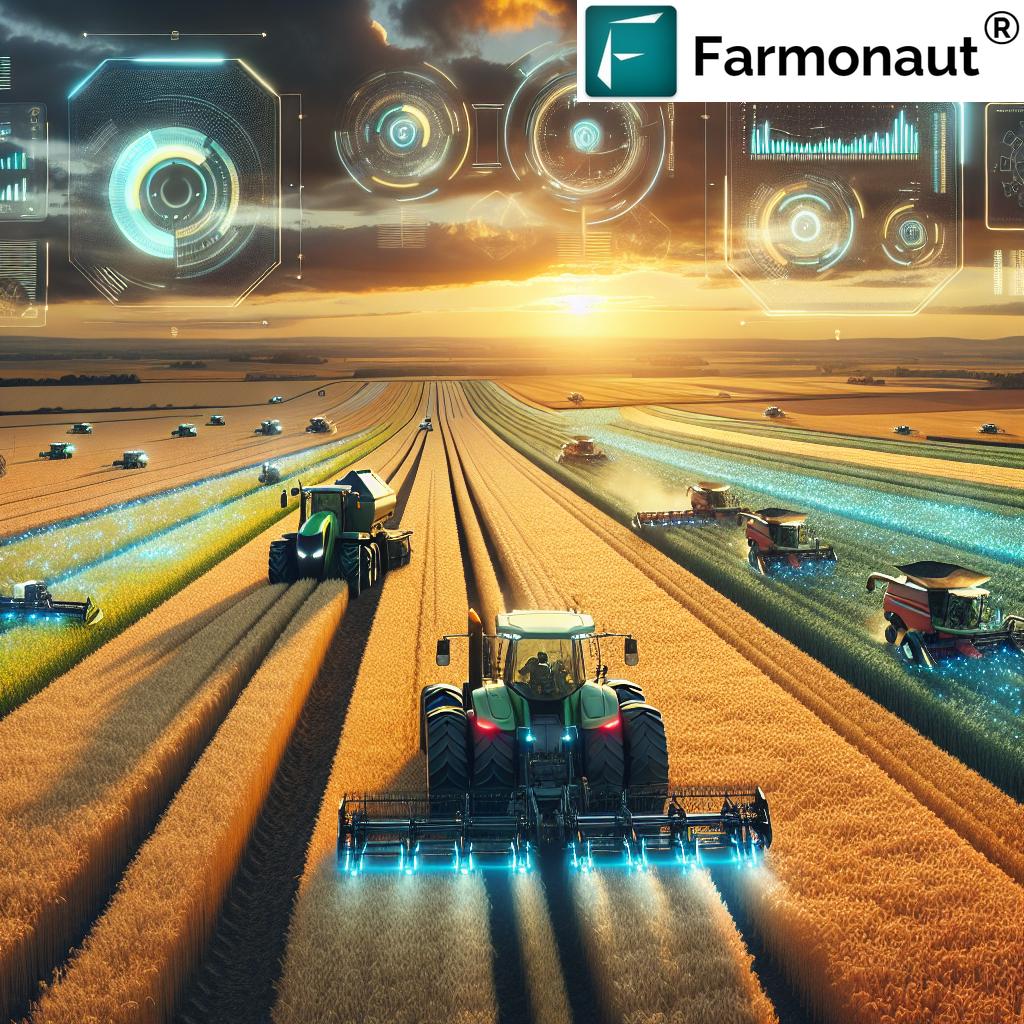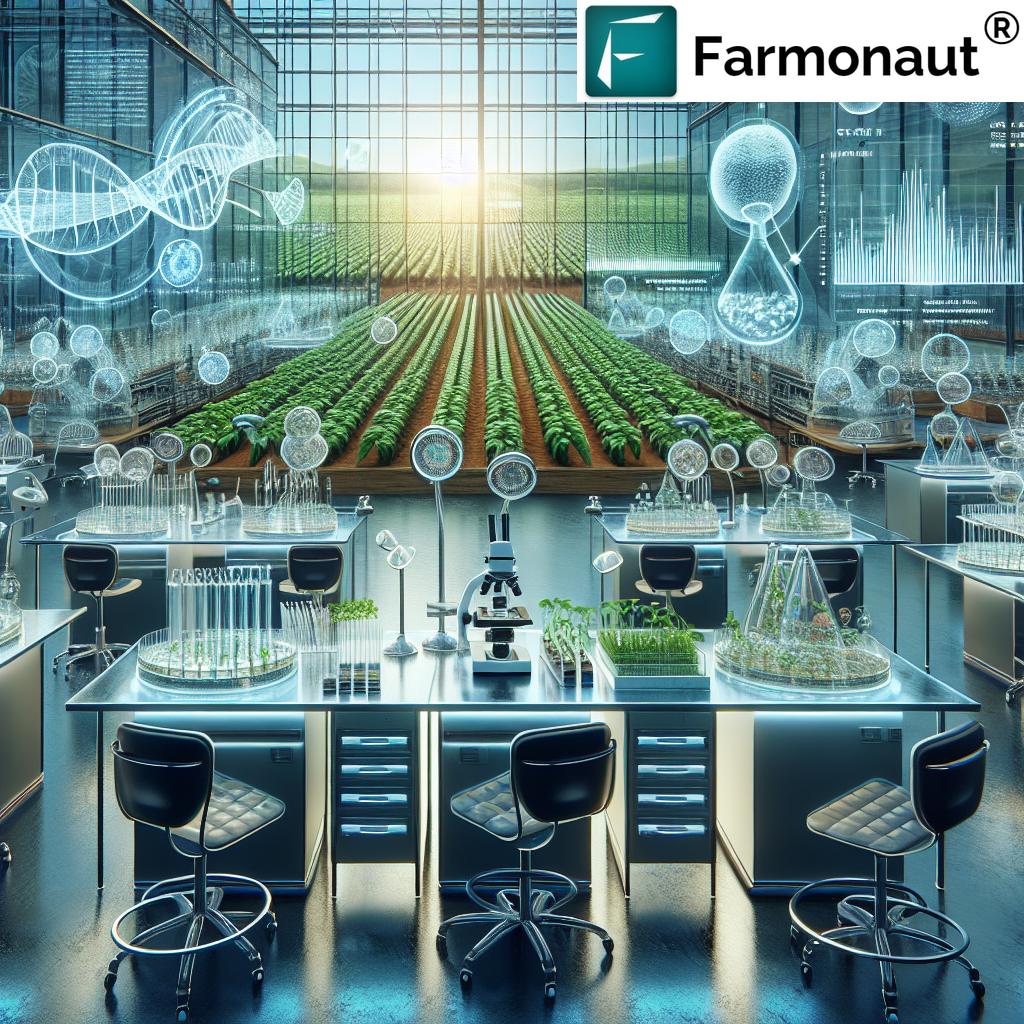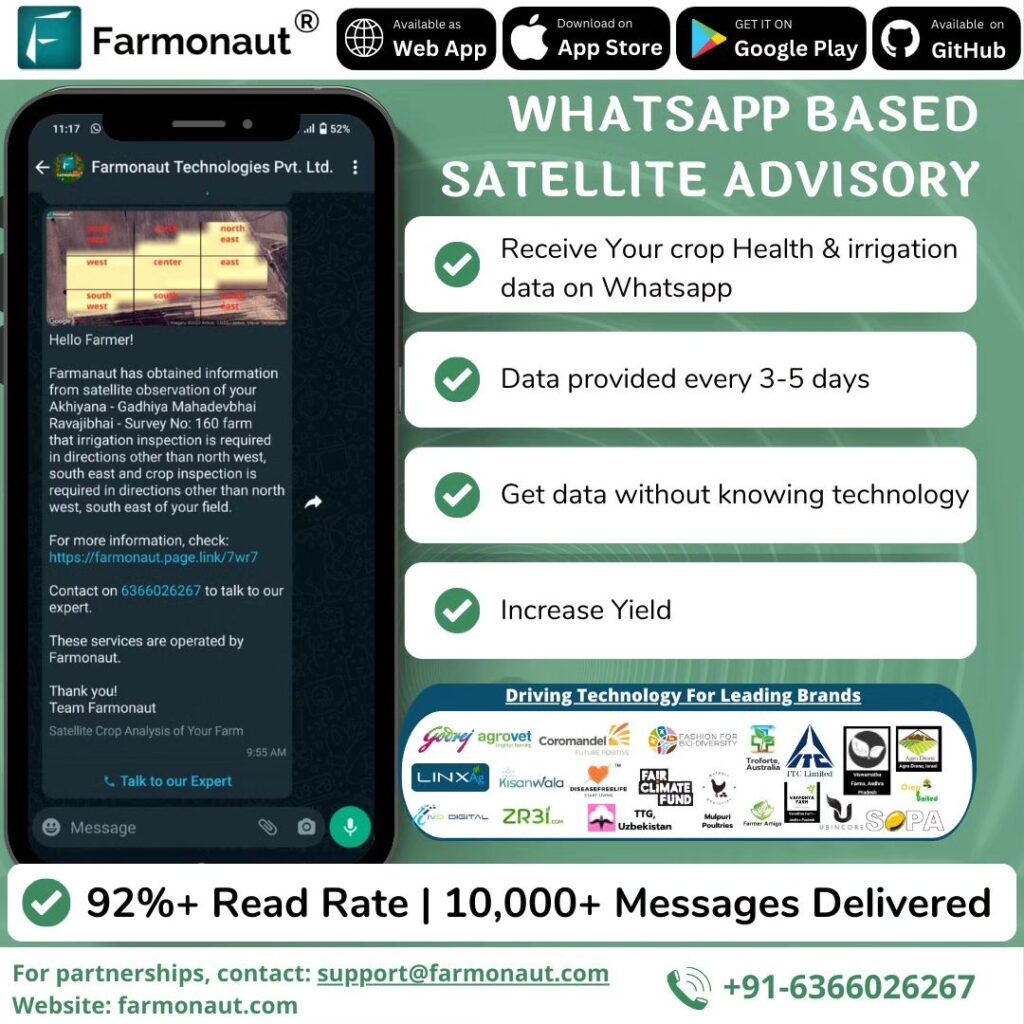Agricultural Implement Market 2025: Shocking Growth Secrets!
- Market Overview: Agricultural Implement Market 2025
- Key Market Segments & Essential Farm Implements
- Technological Advancements: Automation & AI
- Regional Insights: Asia-Pacific, North America & More
- Key Market Trends & Growth Projections Table
- Challenges in the Agricultural Implement Industry
- Sustainability, Digitalization, and Future Growth Opportunities
- Farmonaut: Pioneering Advanced Crop Management Tools
- Agricultural Implement Market FAQ
- Conclusion: The Future of Agricultural Machinery Market
In a world rapidly reshaped by technological advancements and global food demand, the agricultural implement market stands at a historic turning point. As we move into 2025, we are witnessing a convergence of automation, precision agriculture technology, and sustainable agricultural practices that are revolutionizing how our farms operate.
The past decade has seen the agricultural machinery market evolve at an unprecedented pace. Powered by state-of-the-art equipment, smart sensors, and data-driven management strategies, today’s farmers have access to a comprehensive suite of solutions designed to optimize crop yields, reduce input costs, and ensure environmental stewardship. In this blog, we offer an informative overview of the core trends, challenges, market segments, and future outlook for this increasingly vital industry.
We also unveil how Farmonaut is making precision agriculture accessible worldwide—empowering farmers with real-time, satellite-enabled data, AI-powered advisory, and sustainable management tools. Whether you are an agricultural stakeholder, industry watcher, or forward-thinking cultivator, we invite you to explore the shocking growth secrets shaping the agricultural implement market in 2025 and beyond.
Market Overview: Agricultural Implement Market 2025
The agricultural implement market encompasses a wide range of machinery and tools essential for modern farming, forestry, and land management. As of 2025, the global agricultural machinery market is valued at approximately $150 billion, projected to reach over $200 billion by 2030, enjoying a compound annual growth rate (CAGR) of 5% (source: globalgrowthinsights.com).
This upward trend is fueled by several forces:
- Rising global food demand
- Widespread adoption of precision agriculture technology
- Strong focus on sustainable farming practices
- Accelerating automation in agriculture & workforce labor shortages
By integrating automation, data analytics, and AI-powered management systems, modern farming equipment now enables farmers to maximize yields, conserve resources, and reduce operational costs. This market growth is not uniform, however—regional variations arise due to differing levels of mechanization, government policy, crop patterns, and infrastructure.
Key Market Segments & Essential Farm Implements
The agricultural implement market is segmented based on equipment type, utility, and targeted farming practices. Let’s explore the most essential implements driving agricultural productivity and efficiency in 2025:
1. Tractors and Power Tillage Equipment
Tractors remain the bedrock of global farm operations, prized for their versatility and increasing horsepower. Power tillage equipment (like plows, harrows, and rotavators) serves as the foundation for soil preparation, enabling rapid, uniform, and deep tillage.
- Use Case: Breaking soil clods, aerating land, and creating optimal seedbeds.
- Trends: Integration with GPS-guided systems for consistent depth and overlap, electric tractors for sustainability.
2. Planting and Fertilizing Equipment
Efficient planting and precise fertilizer application are crucial to maximizing crop yields. Implements like seeders, planters, and fertilizer spreaders ensure accurate sowing at the right depth and spacing, directly impacting plant health and nutrient availability.
- Benefits: Reduces seed wastage, ensures uniform germination, automates dosing, and supports site-specific nutrient delivery.
- Precision: Enhanced by using advanced crop management tools capable of variable rate seeding and fertilizing.
3. Harvesting Equipment
Combine harvesters, balers, and forage harvesters are indispensable for timely and efficient crop harvesting. These implements have drastically reduced labor dependency and minimized post-harvest losses.
- Advantages: Enhances productivity, reduces manual labor costs, and speeds up harvesting cycles.
- Recent Innovations: IoT-enabled harvesters for monitoring grain loss, fuel usage, and remote diagnostics.
4. Irrigation Systems
Irrigation systems for farming—notably drip and sprinkler systems—optimize water usage and address the growing concerns around global water scarcity. Modern, sensor-based solutions support just-in-time irrigation and uniform delivery.
- Key Features: Automated scheduling based on soil moisture, remote adjustment, low-pressure operation, and water saving.
- Adoption: Especially rapid in Asia-Pacific regions facing water constraints.
5. Plant Protection Equipment
Sprayers and dusters used for applying pesticides, herbicides, and nutrients are critical for plant protection. These tools help ensure healthy crops and guard against pest and disease outbreaks.
- Modernization: GPS-guided, UAV-enabled, and variable-rate application ensures minimal chemical use and precision.
- Environmental Benefits: Reduces runoff, protects pollinators, and minimizes environmental contamination.
Technological Advancements: Automation & AI Drive Market Growth
The adoption of technological advancements is revolutionizing the agricultural implement market and shaping the future of modern farming equipment. From automation in agriculture to AI-driven solutions and blockchain-based management, these changes are enabling more efficient, sustainable, and profitable operations.
1. Precision Agriculture Technology
The rise of precision agriculture technology is redefining resource utilization:
- Sensors and GPS systems support variable-rate seeding, fertilizing, and irrigation.
- Farm management software enables real-time decision-making and resource optimization.
- Satellite imagery—such as those provided by Farmonaut—offers unparalleled insights into crop health, soil moisture, and input application, driving increased yields and cost savings.
2. Automation and Robotics in Agriculture
Automation in agriculture is gradually replacing repetitive manual tasks with smart machines:
- Autonomous tractors like those from John Deere use AI and computer vision for unmanned operations, reducing labor shortages and boosting productivity.
- Robotic equipment handles planting, weeding, spraying, and even harvesting—all with unmatched accuracy and efficiency.
Farmonaut’s advanced solutions dovetail with these trends, offering satellite-powered, AI-driven advisory tools—making data-driven operations more accessible and cost-effective for farmers worldwide.
3. Electrification of Farm Machinery
The shift toward electric and hybrid-powered machinery is driven by sustainability goals and operational cost savings:
- Reducing emissions and fossil fuel dependency aligns with eco-friendly agricultural practices.
- Market leaders are launching electric tractors suitable for small to mid-size farms, especially in regions with high mechanization rates.
Regional Insights: Asia-Pacific, North America & Beyond
Different regions exhibit distinct patterns of growth, technology adoption, and mechanization based on economic, climatic, and policy factors:
Asia-Pacific Agricultural Equipment Market
- Holds nearly 43% of global share (with China and India leading).
- Rapid mechanization, government incentives, and high food demand drive implementation of modern equipment.
- Focus on efficient irrigation systems, low-cost tractors, and multipurpose implements to aid smallholder farmers.
North America
- Farmer adoption of AI, automation, and advanced machinery is accelerating.
- Ongoing supply chain disruptions and trade tensions affect equipment availability and pricing, leading to greater uncertainty but fueling innovation in domestic manufacturing.
Europe
- High rate of automation and digitalization in agriculture to meet sustainability goals.
- Strong focus on electrification, resource optimization, and supporting eco-friendly farming.
Emerging Markets
- Latin America and Africa: Steadily increasing mechanization and technology adoption, especially for crop protection and irrigation.
- Unique challenges: Infrastructure gaps, fluctuating capital access, labor shortages.
Key Market Trends & Growth Projections Table
To make sense of the dynamic changes shaping the global agricultural equipment market, we’ve compiled a Key Market Trends & Growth Projections Table. This table summarizes core trends such as automation, precision agriculture, sustainability, electrification, and digitalization, presenting how they are poised to transform agricultural efficiency and productivity by 2025.
| Trend / Technology | Estimated 2025 Market Share (%) | Expected Growth Rate 2023–2025 (%) | Key Benefits | Major Markets/Regions |
|---|---|---|---|---|
| Precision Seeding & Planting | 18 | 8 | Resource optimization, higher yields, reduced wastage | Asia-Pacific, North America |
| Autonomous Tractors & Robotics | 10 | 12 | Labor cost reduction, operational efficiency, timely operations | North America, Europe |
| Electric & Hybrid Machinery | 7 | 14 | Lower emissions, fuel savings, sustainability compliance | Europe, Asia-Pacific |
| Sustainable Crop Protection | 14 | 7 | Reduced chemical input, environmental safety | Global |
| Advanced Irrigation Systems | 16 | 9 | Water savings, yield improvements, addresses scarcity | Asia-Pacific, Africa |
| Digital Farm Management & Traceability | 13 | 11 | Data-driven decisions, transparency, compliance | Europe, North America |
Challenges in the Agricultural Implement Industry
Despite its robust growth trajectory, the agricultural implement market is not without significant challenges. As we examine the industry’s current state and future outlook, several pressing issues must be addressed:
-
High Initial Investment: The cost of advanced machinery—including automation and digital tools—remains a barrier, particularly for small-scale farmers. Many are unable to invest in state-of-the-art tractors and farm implements without external financing.
→ Solution Spotlight: Farmonaut’s crop loan and insurance verification (details) helps improve access to funding by enabling satellite-based verification for financial institutions, empowering more farmers to modernize. - Labor Shortages: A growing lack of skilled agricultural labor, worsened by urbanization and demographic shifts, drives the need for automation in agriculture. This trend is strong in North America, Europe, and large parts of Asia.
- Supply Chain Disruptions: The global supply chain for machinery, raw materials, and spare parts has faced unprecedented disruptions in recent years. Delays and increased equipment costs impact both availability and timely farm operations.
- Adoption Gap: Smaller and resource-poor farmers may lag behind in adopting new technologies, widening the productivity divide between commercial and traditional farming sectors.
-
Environmental Concerns: Traditional heavy machinery is associated with soil compaction, greenhouse emissions, and over-application of chemicals.
→ Solution Spotlight: Farmonaut’s carbon footprint tracking (learn how) allows farmers and agribusinesses to monitor real-time emissions, step up compliance, and transition towards more sustainable agricultural practices.
Sustainability, Digitalization, and Future Growth Opportunities
The next stage in the agricultural implement market is marked by a race toward sustainability, intelligent resource use, and increased digitalization:
A. Sustainability: Eco-Friendly Implements & Practices
- The industry is accelerating the rollout of sustainable agricultural practices via low-emissions equipment, precision application, and resource-conserving automation.
- Manufacturers now emphasize recycled materials, hybrid engines, and systems that minimize chemical runoff and greenhouse gas output.
- Nearly two-thirds of new farm machinery in 2025 will feature sustainability solutions.
B. Digitalization: The Smart Farming Revolution
- Widespread adoption of digital farm management tools is unlocking advanced data analytics, remote farm monitoring, and AI-powered advisory for all sizes of growers.
- Farmonaut leads in satellite-based, AI-driven management, making cutting-edge insights affordable and accessible to the masses. Digitalization supports better resource allocation, yield prediction, and land management.
- Interested in API integration for satellite and crop weather data? See our Farmonaut API and API Developer Docs for seamless connectivity.
C. Multifunctional, Customizable Equipment
- Farmers increasingly demand versatile implements—one machine for multiple tasks—driven by the quest to streamline operations and control expenditures.
- Attachments and modular systems empower rapid changeover between planting, tilling, harvesting, and spraying, aligning closely with modern, diversified farm operations.
- Large-scale plantation or forestry enterprise? Farmonaut’s large-scale farm management solutions (discover more) deliver centralized monitoring, resource tracking, and operational oversight.
By continuously investing in research, digital infrastructure, and sustainable development, the agricultural implement market is poised to deliver productivity, resilience, and profitability for years to come.
Farmonaut: Pioneering Advanced Crop Management Tools
As precision agriculture redefines the benchmarks of efficient farming, Farmonaut is providing essential support to the global agricultural community with its robust, cloud-based platform and advanced, satellite-driven analytics.
1. Satellite-Based Crop Health Monitoring
- Using multispectral satellite images, Farmonaut monitors vegetation health (NDVI), soil moisture, and more.
- Real-time insights enable farmers to optimize irrigation, fertilizer use, and plant protection—critical for increased yields and resource savings.
- Ready to make data-driven crop management seamless? Start with our official Farmonaut app (Web & Mobile) for a full demonstration!
2. Jeevn AI: Real-Time Farm Advisory
- Farmonaut’s Jeevn AI analyzes farm satellite data, weather inputs, and local conditions to provide personalized crop advisory, forecasting, and risk warnings.
- This integrated solution empowers farmers with practical, actionable recommendations to boost productivity and avert threats.
3. Blockchain-Based Traceability
- Farmonaut’s traceability solution (learn more) assures transparency by tracking products from farm to consumer, reducing fraud, and bolstering supply chain trust for both food and industrial crops.
4. Fleet and Resource Management
- Farmonaut enables efficient logistics and machinery oversight, ensuring every vehicle and equipment asset is fully optimized and minimizing downtime.
- Enterprise-scale operations can leverage Fleet Management to enhance operational efficiency, safety, and cost control.
5. Carbon Footprinting: Track & Reduce Emissions
- Tracking emissions is critical as regulations tighten. Farmonaut’s Carbon Footprinting (explore features) brings clarity to your sustainability journey.
6. Flexible Subscription & API Access
- Our subscription-based model addresses everyone—from smallholder farmers to agribusinesses and government institutions—with scalable, affordable solutions. View complete pricing tiers below.
Agricultural Implement Market FAQ
Conclusion: The Future of Agricultural Machinery Market
The agricultural implement market stands at the heart of a global transformation toward smarter, more efficient farming. Powered by AI, automation, and eco-friendly machinery, the industry is rising to meet the world’s ever-increasing food demand, climate challenges, and productivity imperatives.
While persistent challenges—like high capital requirements, supply chain issues, and labor shortages—pose constraints, the drive toward sustainability, digitalization, and precision will define the future. Solutions like those from Farmonaut—combining satellite-based crop monitoring, AI-powered advisory, and traceability—are essential to ensuring that farmers worldwide, from India and China to the United States and beyond, can thrive in this new era.
The next decade of growth in the global agricultural equipment market will be written by those who seize these shocking growth secrets: data, technology, sustainability, and a relentless drive for efficiency.
Ready to experience the future of agriculture? Download the Farmonaut App for advanced monitoring, or explore our Fleet Management, Carbon Footprinting, Traceability, and Crop Loan & Insurance solutions to bring your agricultural operations into the next generation.
If you want actionable, up-to-date intelligence and tools for modern farming and efficient land management, Farmonaut is your technology partner for 2025 and beyond.






